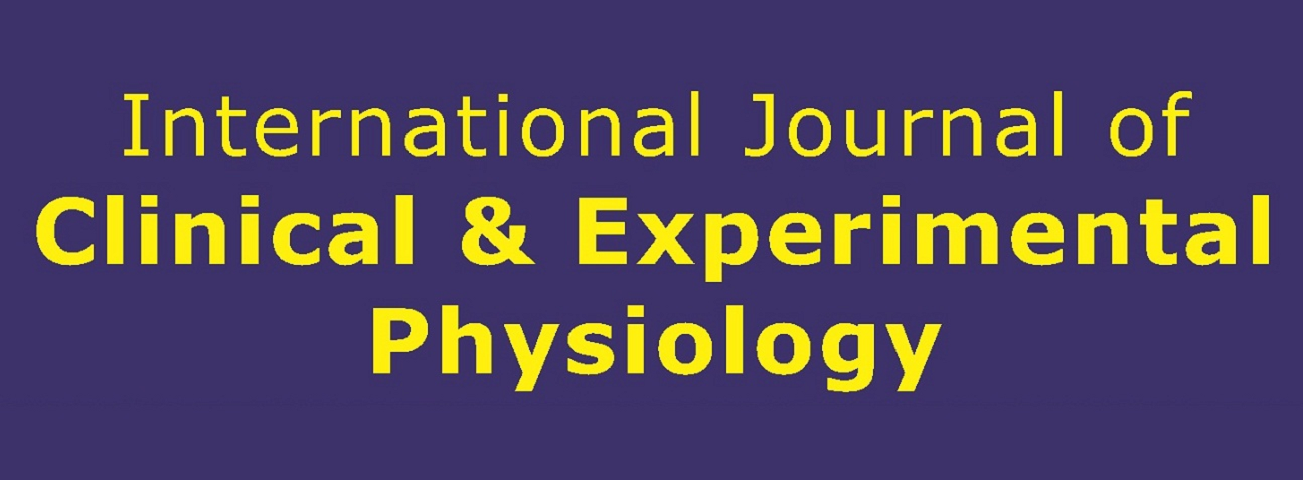Rheumatoid Arthritis: The Problems Beyond the Joints
Abstract
An autoimmune disease is defined as a clinical syndrome resulted from instigation of both T cell and B cell or individually, in the absence of any present infection or any sort of distinguishable cause. Rheumatoid arthritis is chronic and systemic autoimmune response to multiple joints with unknown etiology, progressive disability, systemic complications, early death and high socioeconomic costs. Rheumatoid arthritis is characterised by hyperplastic synovium, production of cytokines, chemokines, autoantibodies like rheumatoid factor (Rf) and anticitrullinated protein antibody (ACPA), osteoclastogenisis, angiogenisis and systemic consequences like cardiovascular, pulmonary, psychological and skeletal disorders. Cytokines a diverse group of polypeptides, play critical role in the pathogenesis of Rheumatoid arthritis. Their involvement in autoimmune disease is a rapidly growing area of biological and clinical research. Pharmacotherapy should target the balance between the pro and anti-inflammatory cytokines that is believe to be the central dogma in the pathogenesis of rheumatoid arthritis.[1] Elevated sympathetic and parasympathetic nervous system activities are expected to occur as a consequence of inflammatory stress.[2] For this we need to explore new treatment modalities to find the answers for unresolved etiology of autoimmune disease and to provide a quality of life to the patients suffering from rheumatoid arthritis. Read More ...


This work is licensed under a Creative Commons Attribution-NonCommercial-NoDerivatives 4.0 International License.





